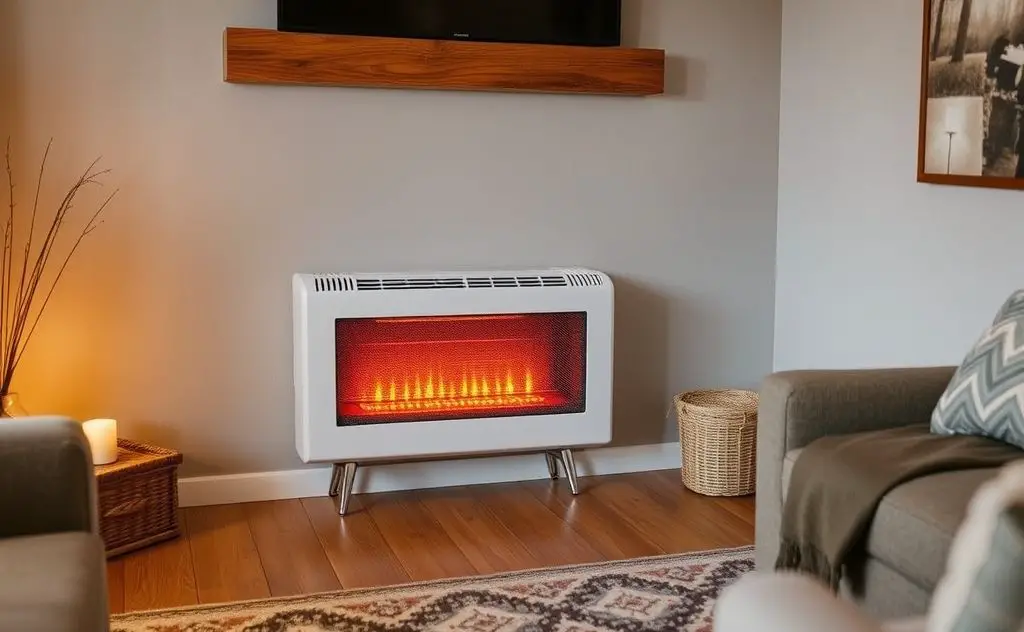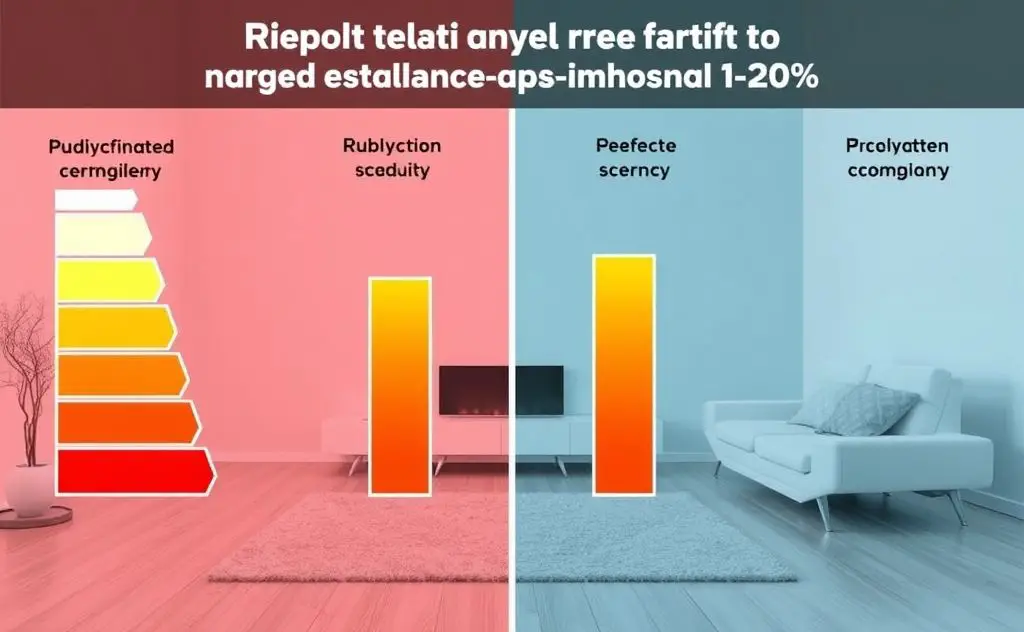Radiant heaters are energy efficient as they directly warm objects and people, reducing energy loss and providing quicker warmth compared to traditional heating methods.
Radiant heaters provide targeted warmth by emitting infrared radiation that directly heats people and objects. Unlike forced-air systems that waste energy heating empty spaces, radiant technology delivers superior efficiency through physics-based heat transfer.

How Radiant Heaters Achieve Maximum Efficiency
Radiant heaters work like sunlight – their infrared waves travel through air without heating it, then convert to heat upon contacting surfaces. This fundamental difference creates three efficiency advantages:
- 98% energy conversion: Nearly all electricity becomes usable heat (vs. 80-90% for forced air)
- Zero duct losses: Eliminates 25-40% energy waste common in central HVAC systems
- Lower thermostat settings: People feel warmer at air temperatures 6-8°F lower with radiant heat
Scientific Proof of Radiant Efficiency
A U.S. Department of Energy study found radiant floor heating systems operate 15% more efficiently than forced-air systems in typical homes. The savings increase to 30% in spaces with high ceilings where warm air stratifies.

Types of Radiant Heaters Compared
| Type | Efficiency Rating | Best For |
|---|---|---|
| Hydronic Floor Systems | ★★★★★ | Whole-home heating |
| Electric Radiant Panels | ★★★★☆ | Room additions or spot heating |
| Infrared Space Heaters | ★★★☆☆ | Temporary zone heating |
Hydronic Systems: The Gold Standard
Water-based radiant floors represent peak efficiency. These systems can integrate with solar thermal collectors or high-efficiency boilers. The thermal mass of concrete floors stores heat for hours after the heat source cycles off.
Installation Tips
- Use PEX tubing with oxygen barrier for longevity
- Install reflective insulation under subfloor systems
- Consider smart thermostats for precise zone control
Real-World Efficiency Factors
Several variables impact radiant heater performance:
Floor Coverings Matter
Tile and stone offer ideal thermal conductivity (90% efficiency). Carpet reduces efficiency by 15-25% depending on thickness. Engineered wood performs better than solid hardwood.
Climate Considerations
Radiant heat shines in cold climates with long heating seasons. The DOE recommends supplemental systems for very cold regions below -20°F.
Maintenance for Peak Performance
Proper care ensures decades of efficient operation:
- Flush hydronic systems annually to prevent buildup
- Check electric element connections every 3 years
- Replace reflectors on infrared heaters when dulled
With proper installation and operation, radiant heating systems deliver unmatched comfort while cutting energy bills 20-40% compared to conventional systems.
